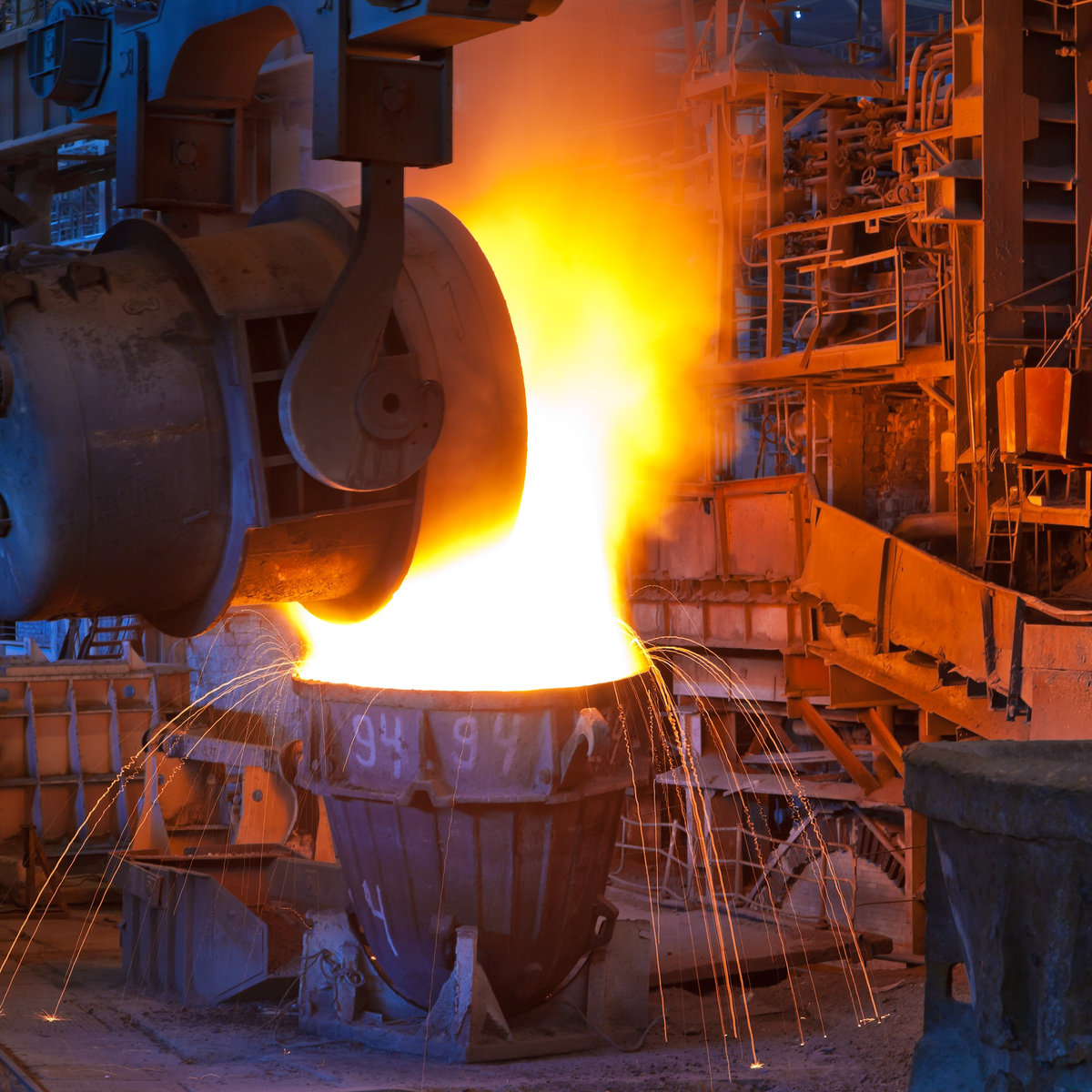The Iron and Steel Industry
Early colonists had 2 primary goals: shelter and food. They needed to build homes, plant crops, and hunt. In order to facilitate these tasks, iron tools were needed. Things like hammers, knives, saws, axes, nails, hoes, bullets, and horseshoes. Iron products were in demand, but it wasn’t until the 19th century, when technological advances drove down the cost and increased the quality of the product, that steel manufacturing became a dominant industry.
With the abundant iron ore deposits around Lake Superior, the rich coal veins of Pennsylvania, and the easy access to cheap water transportation routes on the Great Lakes, the Midwest became the center of American heavy industry.
Strong technological foundation was the primary driving force behind the tremendous growth in the iron and steel industry. Steel supply was crucial for rapid expansion of cities and urban infrastructure.
Railroads, bridges, factories, buildings, and eventually, in the 20th century, steel was used to make household appliances and automobiles. It was at this time that the US steel industry began using the open-hearth furnace, then, the basic oxygen steelmaking process.
My Stories
In the mills and foundries, each day was filled with ever-present danger and unpredictability. My stories provide insight into these facilities and individuals and the challenges and opportunities that the mills and the foundries had for those who worked in these hot, noisy and dangerous settings, where many would equate to going into a war zone where it was Man vs Molten metal.
